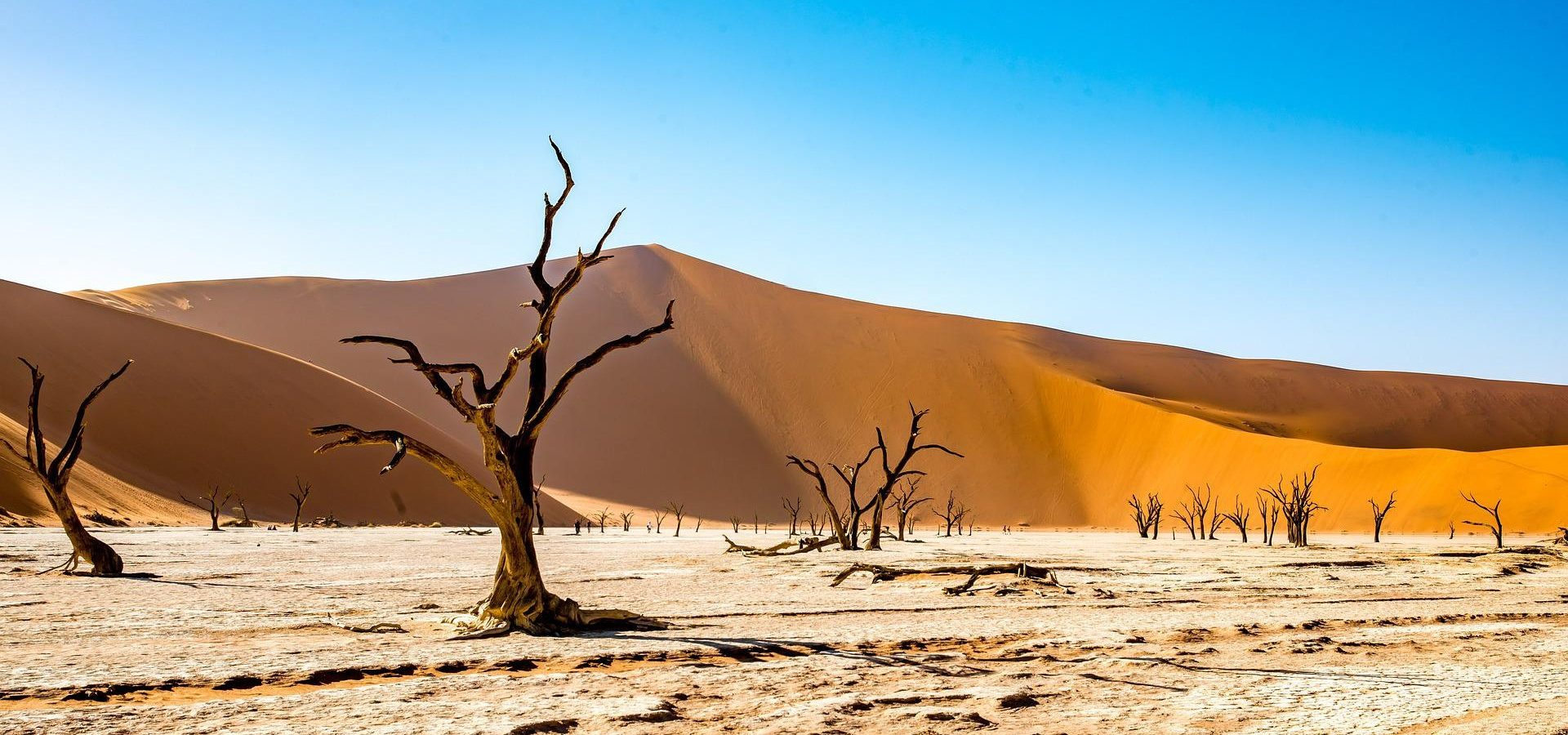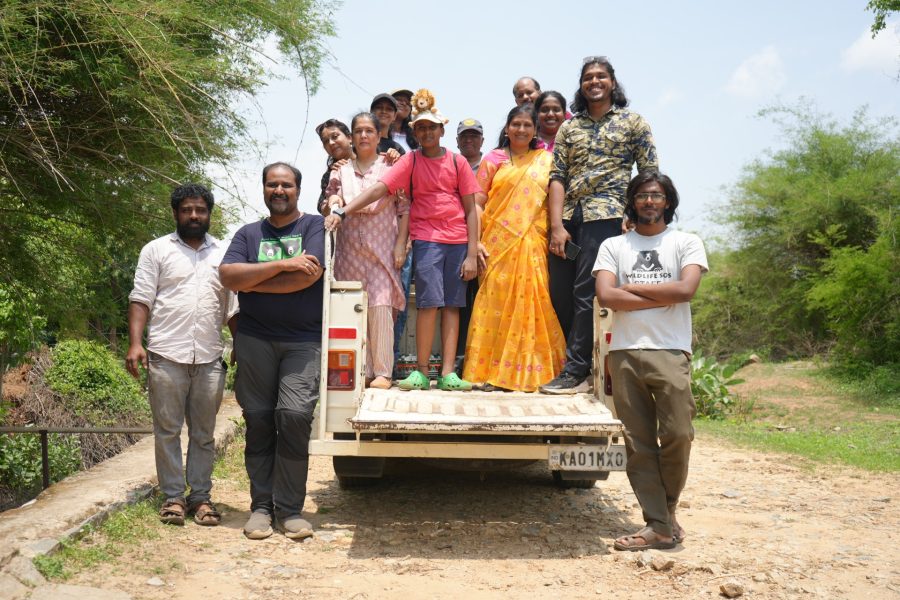The harsh sun beats down her back as she walks barefoot on the narrow kutcha (unpaved) road. Many other women walk alongside her, with sarees tucked securely as they carry heavy pots filled to the brim with murky water they drew from a well. This water is not the best in quality and might need to be boiled and filtered multiple times before it is safe for drinking. These women reside on the farthest end of the village, and need to walk hours to fetch water.
This story is not about women of one village, it rings true for many women all across the globe. Women traverse up to 4 hours a day to fetch water for their families. This precious time could perhaps be better utilised by teaching their children skills or by working to support their child’s education. The responsibility of ensuring a steady water supply at home often unfairly falls on women’s shoulders, as they are forced to toil with household chores and ensure that the entire family is taken care of. However, intensifying drought and rapid desertification have left these women with no choice, making them among the first to be affected by climate change.
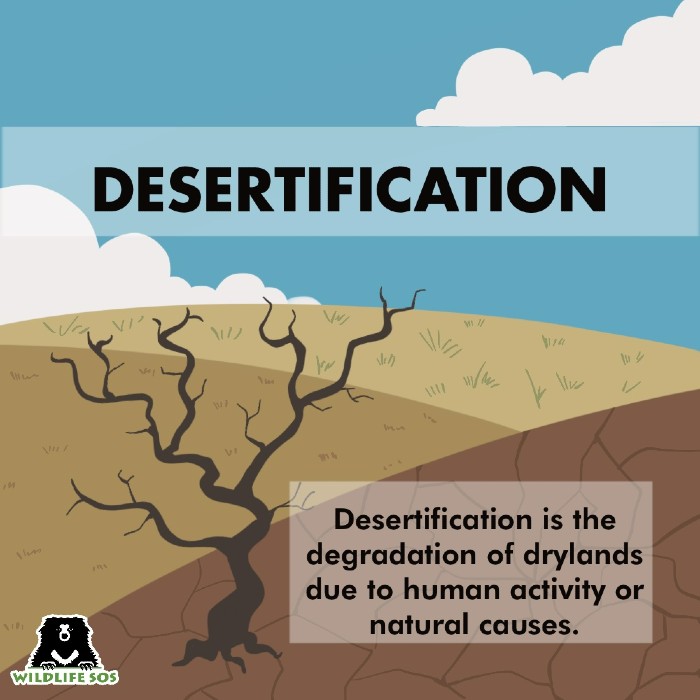
Desertification refers to the degradation of drylands due to human activities or natural causes. Drought and climate change are leading to the desertification of erstwhile fertile and healthy areas. According to the United Nations, ploughable land is being lost at about 30 to 35 times the historical rate and it is estimated that 50 million people could be displaced in the next decade if the situation continues to worsen. The loss of arid and semi-arid lands to deserts can cause huge loss to agriculture and the destruction of vulnerable ecosystems. With limited water resources and the destruction of habitats, various bird and mammal populations will decline, while desert lands will continue to expand.
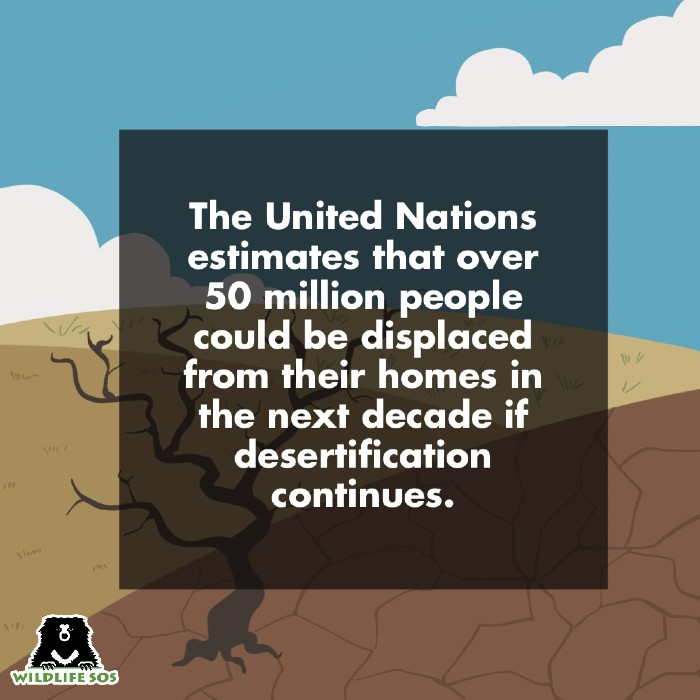
According to the ISRO Desertification Atlas, 96.32 million hectares of land underwent degradation between 2011 and 2013. It also showed that the state of Rajasthan had the most significant amount of land desertification in India. This makes the area more susceptible to topsoil erosion, wind erosion, causes decrease in soil fertility and reduces the water-holding capacity of the soil. In a country where more than 60% of the population depends on agriculture for sustenance, losing fertile soil cannot be an option, and utmost care needs to be taken to preserve land resources.
The United Nations Convention to Combat Desertification (UNCCD) recently reported that over 2.3 billion people live in water-stressed areas and by 2050, over half of the world’s population is expected to face severe water shortage. People in lower and middle-income countries are the first to be affected by droughts, with the poorest sections of the society being most vulnerable to water contamination, disease outbreak and livelihood loss. Hence, it is important to throw light on how to restore wetlands, manage watershed, conserve drylands and prevent desertification.
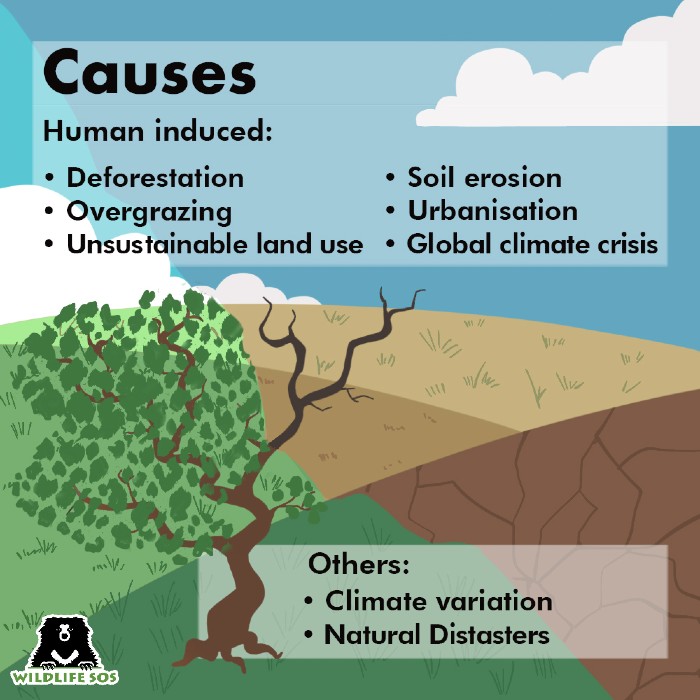
In the heart of Tamil Nadu, India, women are fretting to get access to a decent amount of clean water. If a water crisis can be seen in Chennai, one of the wettest major cities in the world, it is certainly a commentary on climate change. Under the Right to Life (a fundamental right in India) all Indian citizens have the right to clean drinking water. Under Indian law, fundamental rights are inviolable basic freedoms that are guaranteed to all its citizens, regardless of their religion, caste, age, gender or creed. However, the reality is that only less than 50% of the population has access to clean drinking water, with waterborne diseases causing an economic expenditure of 600 million US dollars a year.
A troubling factor caused by drought is wildlife poaching. In Southern Africa, increased poaching was seen when people lost their resources of food and livelihood (UNCCD Global Land Outlook Part Two, pg.59). This resulted in increased human-wildlife conflict over minimal resources and space.
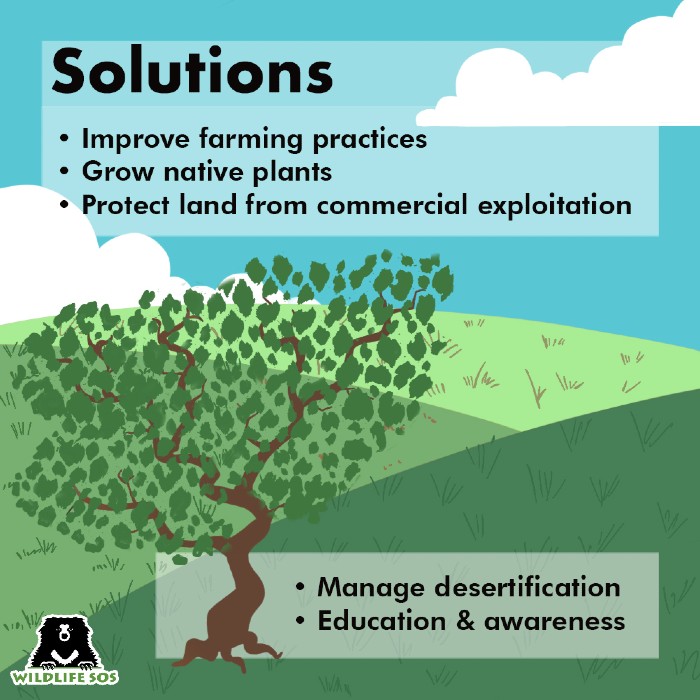
At Wildlife SOS, we have seen the impact of habitat destruction on wildlife and people in the concerned area. Our Ramdurga Habitat Restoration Project in Karnataka focused on replenishing barren forest land through reforestation, a bore well, drip irrigation systems and more. This has resulted in many species like leopards, Sloth Bears and Pangolins making a comeback there. This area is an important wildlife corridor and the loss of this land can have serious consequences on the lives of animals and people living there.
Conserving wildlife corridors by replenishing wetlands, drylands and forests can help to create buffer zones between human populations and wildlife habitats. However, with rising desertification and deforestation, these buffer zones become more and more difficult to create or maintain. With the loss of healthy lands, one can also see forests being fragmented into smaller patches, which creates small ecosystems that are more vulnerable to stress and local extinction of various species. This is because lesser populations tend to lose genetic diversity and may even suffer from inbreeding, which in turn lowers their disease resistance and reduces the ability of the species to adapt to changes in their surroundings.
As more and more people become vulnerable to drought-related displacement, and women continue to seek clean drinking water from far and wide, countries worldwide cannot aim to develop without considering a planned urban growth sans deforestation and unsustainable land use.
There are some steps that we can take to prevent our drylands and wetlands from wasting away. At an individual level, we can make the effort to maintain the natural vegetation of an area, and prevent the introduction of invasive species that destroy the native growth. We can start this by planting indigenous plants in our gardens and neighbourhoods, rather than investing in exotic plants.
At a national and global level, we need to implement proper schemes to provide relief to the people affected by desertification and drought. There should also be strong schemes in place for irrigation management, sustainable farming practices, regulating the use of pesticides, and ensuring the stability of the groundwater table. Communities should be empowered with essential knowledge on how to protect their dryland resources and act against desertification. Right now, advice from experts in the field is crucial to ensure food safety for people, habitat protection for wildlife, and human-wildlife conflict mitigation.
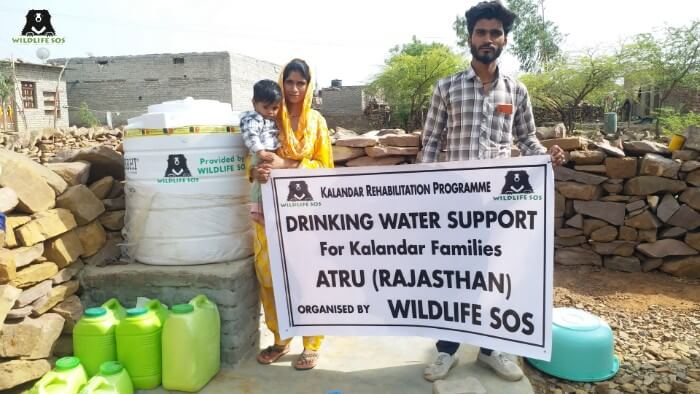
The impact of drought is starkly visible in the lives of the Kalandar families residing at Atru, Rajasthan, where water is as rare as a precious metal. After discussions with the locals, Wildlife SOS has come up with a temporary solution to distribute water to the families using water tankers with a capacity of 5000 litres. The municipal corporation of Atru and the Wildlife SOS team are using this method to provide relief to the families and you can contribute to our efforts here!
However, this is in no way a permanent solution to the problem, which can only be solved through collective action at a global scale.

